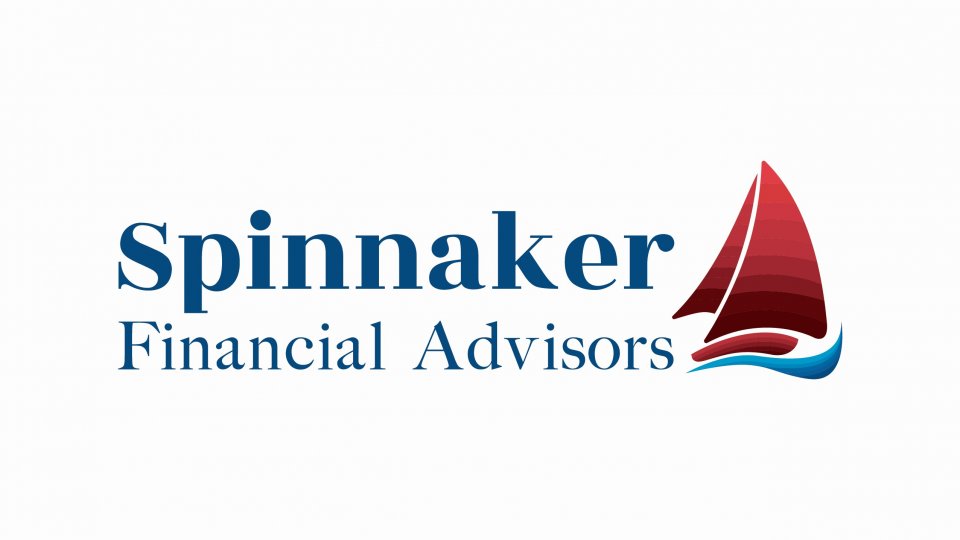Smaller Investors Can Go to the Head of the Class with Institutional Shares

Along with fund performance and risk ratios, expense ratios are a critical factor in determining the potential of funds to outperform the indexes and their peers, but they are easily overshadowed by robust returns in strong markets. Now that the market is settling in, and fund returns are reaching relative parity with the market, expense ratios become even more important.
Studies have shown that, over time, funds with lower expense ratios, as a group, actually outperform higher cost funds on a net return basis. While this should not preclude considering funds with high expense ratios, it warrants a closer examination of the expense ratio relative to the funds potential return.
Mutual Fund Expenses by Class
With thousands of funds, the mutual fund industry is not only vast it also convoluted in its offerings. Depending on the share class, mutual fund expenses can be very difficult to discern especially in terms of their impact on overall fund performance. Understanding how the different share classes charge for commissions, fees, and expenses is only the first step in determining how much your investments really cost you.
Class A Shares
These shares are commonly offered by commissioned sales people who are compensated through either a front or back-end sales load which can range as high as 8 percent. Because of the sales loads, Class A Shares tend to have slightly lower management fees of .70 percent to 1.25 percent.
Class B Shares
These shares charge a back-end load which is paid when they are redeemed. Typically the back-end load declines over time until it reaches a minimum load or zero. Management fees tend to be higher with Class B shares than Class A shares in the range of 1 percent to 1.75 percent.
Class C Shares
With lower front and back-end loads you can expect these funds to charge higher management fees of 1.1 percent to 2 percent.
Class D Shares
Less common than A, B, and C share classes, these shares are somewhat of a hybrid of the three with several variations of front or back-end loads. Management fees also vary depending on the amount of load fees that are charged.
Class Y Shares (Institutional Shares)
These shares are offered to institutional investors who can afford the $500,000 minimum investment. In return for the high minimum, investors receive a steep discount on management fees or load charges.
So, why would we mention Class Y Shares if they can only be purchased by large institutional investors? A) Because, if you did have access to these funds, you could cut your long-term investment costs by nearly half; and B) Because you may have access to these shares through your financial advisor if they have a relationship with an institutional fund; so it is important that you understand the impact they can have on your long-term investment performance.
Because management fees have a compounding cost effect on funds over time, the long-term cost to investors can can significantly impact long-term returns; so, a management fee reduction of .30 to .45 percent could have the effect of increasing your long-term returns substantially. Although investors are typically charged a transaction fee of $25 by the custodian, institutional funds should be earmarked for the long term which can mitigate the cost.
*This content is developed from sources believed to be providing accurate information. The information in this material is not intended as tax or legal advice. It may not be used for the purpose of avoiding any federal tax penalties. Please consult legal or tax professionals for specific information regarding your individual situation. The opinions expressed and material provided are for general information, and should not be considered a solicitation for the purchase or sale of any security. Copyright 2014 Advisor Websites.

